A compost heap will get hot as microorganisms break down organic matter. As microorganisms digest the organic matter the exothermic reaction heats up the pile. The compost pile itself acts like a blanket to keep the heat in and can quickly reach temperatures of 160 degrees Fahrenheit. The temperature of a hot compost pile usually ranges from 120°F to 160°F.
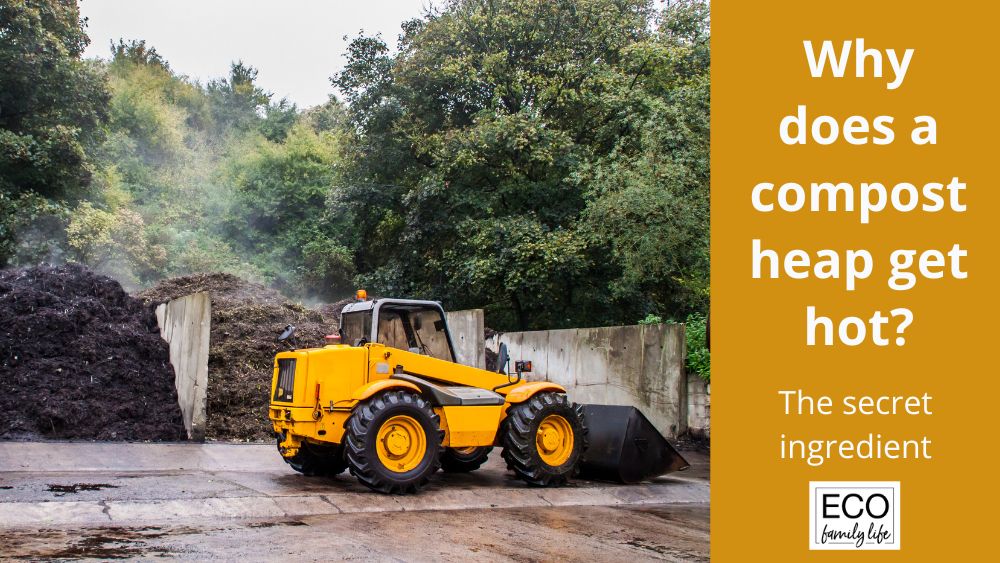
Hot composting is a great way to kill weed seeds and pest and diseases like rust that can damage your plants.
Temperature of a hot composting pile
A hot compost pile can get to temperatures of 49-77 degrees Celsius or 120-160 degrees Fahrenheit after a few short days. Using the hot composting method you can make compost in about 4 weeks, compared to at least 12 weeks or more for normal cold composting methods.
A compost heap gets hot because of the microbial activity that occurs as the organic matter is broken down. Bacteria that thrive in hot temperatures (thermophilic) break down the organic matter, producing heat as a byproduct.
Other heat-producing organisms, such as fungi and actinomycetes, also contribute to the high temperatures in a hot compost heap. The compost heap needs the right amount of oxygen and water to allow the microorganisms to thrive and break down the material.
What you need to make hot compost
If you are keen to make a hot compost the ingredients, method and size are all important to make it work. If you want to just start a small backyard compost, see my post here on ways to start composting kitchen waste.
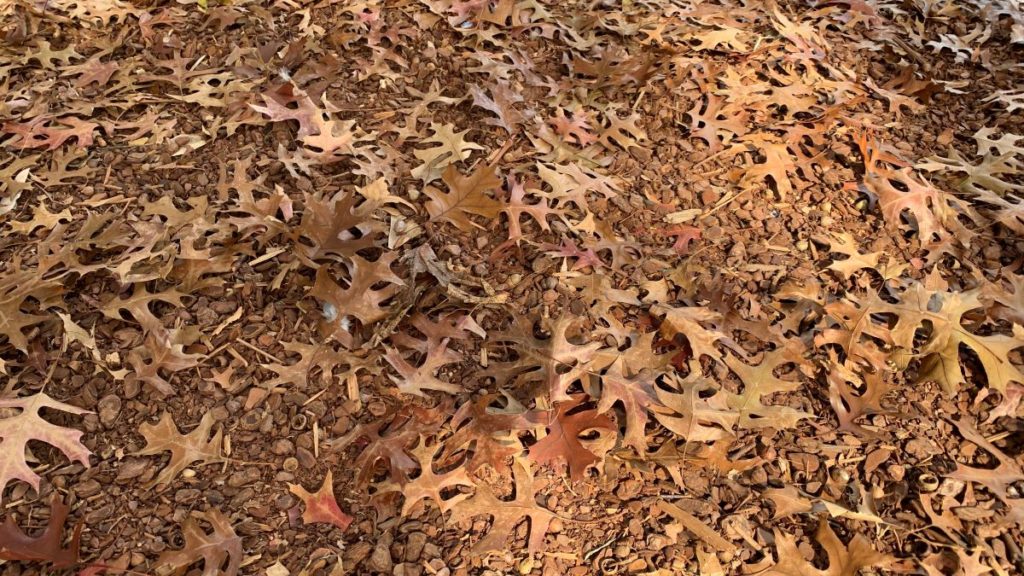
1. Green and brown compost
You will need to make hot compost is 1 part green 2 parts brown materials which are shredded down to as small size as possible.
In the table I have listed the main types of green and brown materials you may want to include in your compost.
| Green materials | Brown materials |
| Kitchen scraps | Fallen dried leaves |
| Fresh grass clipping | Hay or straw |
| Coffee grounds | Shredded newspaper |
| Sheep, cow or chicken manure | Sawdust or fine wood shavings |
Green grass clippings are fantastic for hot compost. They will heat up fast and contain loads of good bacteria.
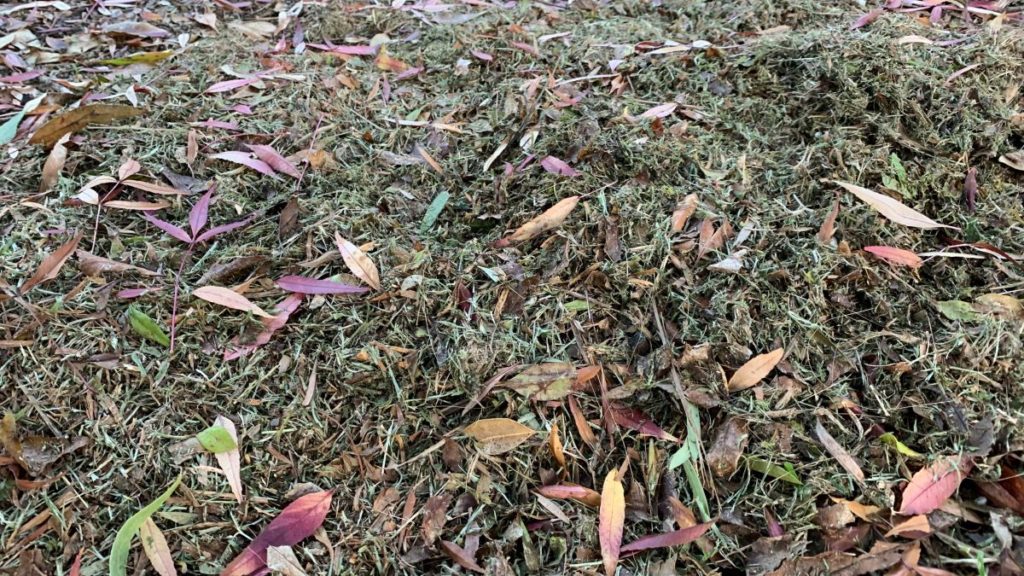
You can use the balance of brown and green materials to adjust the temperature of your compost. If your compost becomes too hot it is likely there is too many green materials. Mixing in some brown materials should reduce the temperature.
If your compost is too wet this is also usually from too many wet green materials like kitchen scraps. Add some more brown materials to dry it out. If the compost is too dry and not heating up, there may be too much brown material, add green and it should fix this problem.
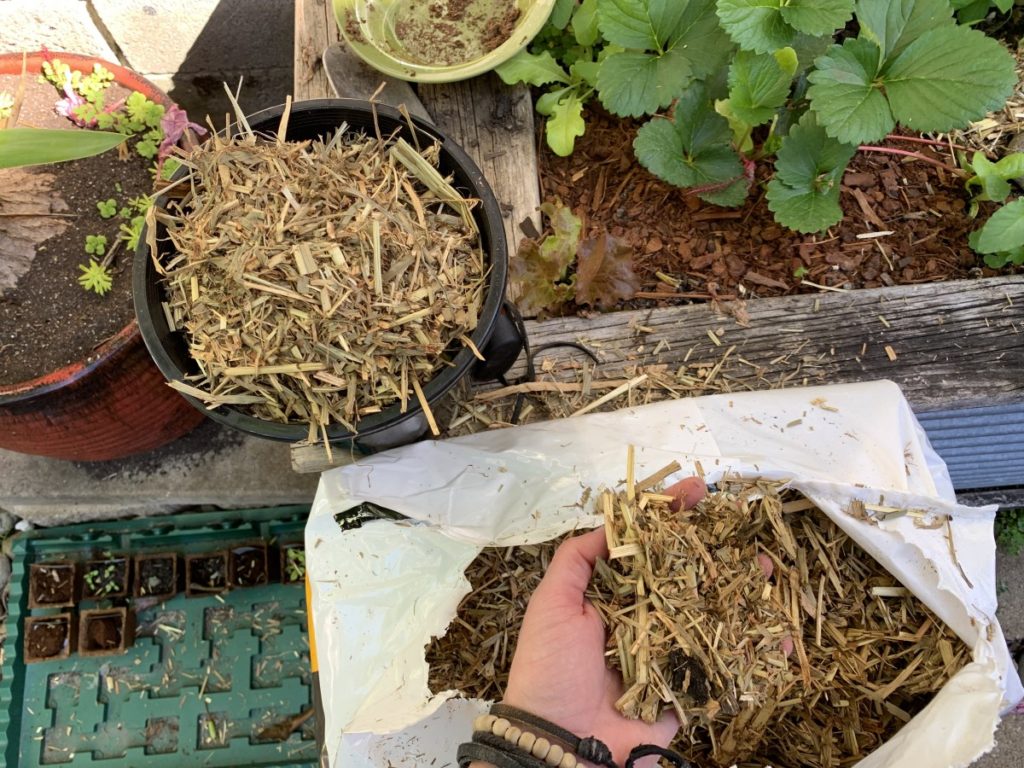
2. Garden fork
A garden fork is essential for hot composting as it helps to aerate the compost pile. This allows oxygen to flow through and promotes the growth of heat-producing microorganisms, like thermophilic bacteria. This speeds up the decomposition process and helps to keep the compost pile hot.
3. Compost thermometer
Using a compost thermometer is an easy way to monitor the temperature of your compost pile, so you can make sure that it stays within the optimal range for hot composting (between 120°F to 160°F). You can then adjust the moisture content or add more materials to maintain high temperatures and accelerate the decomposition process.
4. Breathable Tarp
Use a breathable tarp over the top of your compost pile to stop pieces from blowing away and to keep it protected from birds or animals.
5. 1 Cubic meter compost bin
A simple way to keep your compost pile in 1 place is to use a 1 cubic meter compost bin. You can make these yourself out of wire or buy a plastic version online.
How to make hot compost in 4 weeks
Check out these easy steps to make hot compost in 4 weeks.

1. Find a space to fit your compost
Find a space that will fit your compost pile. You will need a space that isis at least 1 cubic meter or about 4 feet deep, 4 feet high and 4 feet wide. This is the perfect size to heat up and keep the right about of moisture to break down quickly. Find a clear area away from your home that is as flat as possible and is directly on the soil.
2. Shred your ingredients
Get your brown and green ingredients and shred them into small pieces. You can start with fall leaves and add straw, hay, lawn clippings and food scraps. Use a small mulcher, shredder attachment on your outdoor blower-vac or run over the leaves with your lawn mower.
If you are adding kitchen scraps for your green material, make sure these are all in small pieces. Adding whole fruit or veg will take too long to break down for this process, so chop or shred any kitchen scraps you might be adding.
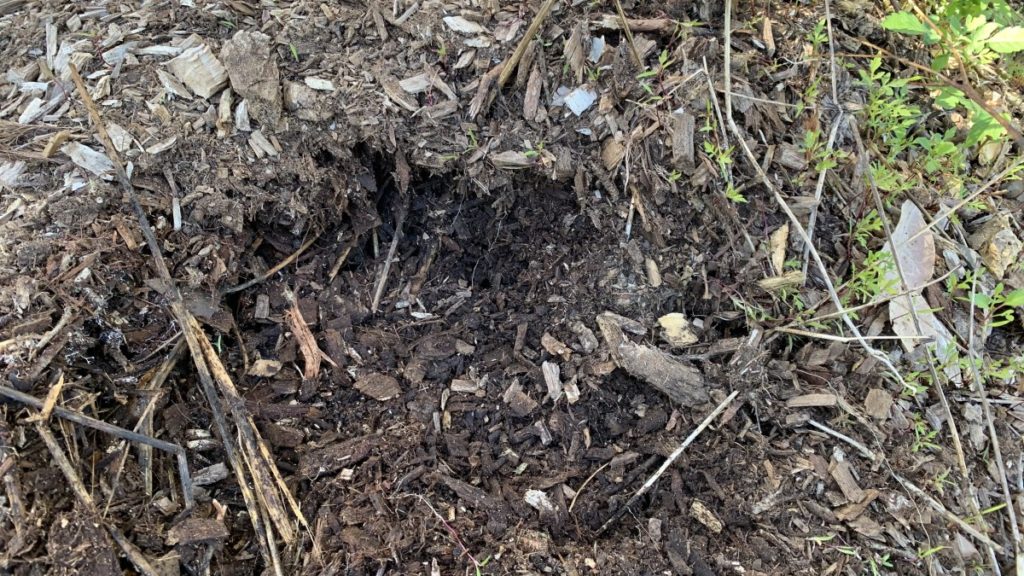
3. Add soil
To make hot compost break down faster shovel full of garden soil or compost from your previous compost pile. If you don’t have this option another product available is a microbe mix.
Adding this to your compost adds more beneficial microbes which will break down the material faster.
4. Add water
Water your compost pile to settle it down and provide moisture for the microbes. You may need to add water most days to your pile to keep it moist but not wet. The microorganisms are like us and need moisture and food to survive. You are aiming for a damp sponge level of moisture.
5. Mix your ingredients together and add them to your compost area
Get your shredded green and brown materials and mix them together with the garden soil. Pile the ingredients in a square that is at least 4x4x4 feet.
Cover your compost pile with a permeable tarp to keep it in place or add some old palm leaves to the top. This will keep any material from blowing away, it will keep any mice, rats or possums out of the compost whilst still allowing moisture in and out.
6. Monitor the temperature
Each day you will need to monitor the temperature of the mix. It will gradually rise in temperature over the first 5 days and get up to 120-160 degree Fahrenheit. What will then happen is it will then start to cool.
Once it gets below 110 degrees Fahrenheit you get your fork and give it a mix which will introduce more oxygen and the pile will heat back up again.
7. Keep turning
You will need to turn your compost every 4-5 days and after about 4 weeks you will see your compost heap look like the dark compost you are used to seeing. The temperature will be low now, around 85 degrees Fahrenheit (or less than 29 degrees Celsius).
8. Let it rest
The next step is just to let your compost rest for around 2 weeks. This just completes the process, allows the temperature to come down and it is ready for your garden.
Benefits of Hot Composting
Hot compost breaks down quicker than a traditional cold compost. A well made hot compost will break down in just 4 weeks compared to cold compost that can take 6-12 months before they are completely broken.
Hot compost will also kill most weed seeds or pathogens that may be nasty for your garden. Technically you can put weeds that have gone to seed in the mix and as long as it heats up they should be no longer grow.
Why does a compost heap get hot – FAQ
How long does a compost heap stay hot?
A compost heap will gradually heat up over 4-5 days and then start to cool down. Once it gets below 110 degree Fahrenheit then turn it over and make sure it is moist enough. This will introduce more oxygen and then it will start to heat up again.
After 4 weeks it should drop to a lower temperature where you can leave it for 2 more weeks then use in your garden.
Can a compost pile get too hot?
Compost piles can get too hot if there is enough organic matter in the pile and the heat cannot escape. Test your compost pile with a compost thermometer and to release extra heat turn the compost and remove some of the material.
A compost pile that is above 170 degrees Fahrenheit is too hot and should have material removed. This temperature will kill microorganisms and stop the breakdown process.
What can prevent a compost pile from getting hot?
Too much moisture, not enough nitrogen, not enough volume and if the compost pile gets too dry it can prevent it from getting hot.
Make sure the compost pile is at least 4 feet high by 4 feet wide and has at least 1/3 green materials and 2/3 brown materials. Water the pile regularly to keep it moist but not wet and turn the pile every 1-2 weeks to get it heating up.
How do I cool down my compost pile?
Cool down your compost pile by mixing the materials and removing up to ¼ of the mix. This will allow more air flow and allow the heat to escape.
Removing the excess materials will cool down the compost pile down to a temperature of around 120-160 degrees Fahrenheit. This is the perfect temperature for microorganisms to break down the organic matter without being too cool and killing them off.
How hot does a compost heap get?
A hot composting heap can get up to 170 degrees Fahrenheit but a good range is anywhere from 120-160 degrees Fahrenheit. The more organic matter, moisture and volume that is in the pile the hotter it will get.
When microbes break down the compost heat is released which is trapped by the compost pile causing it to heat up. If your pile gets above 170 degrees, mix the pile and remove ¼ of the mix.
How often should you turn compost?
Turn compost every 1-2 weeks if you have time. As a minimum, turn hot composting piles every 4 weeks as this will increase the rate of break down as you introduce more oxygen for the microorganisms breaking down the organic matter. Check the temperature with a compost thermometer and add remove extra material if the compost is above 170 degrees Fahrenheit.
I am an accredited practicing dietitian, experienced gardener and a dedicated cook. I love writing and sharing my experience so you can learn from my successes and mistakes.
